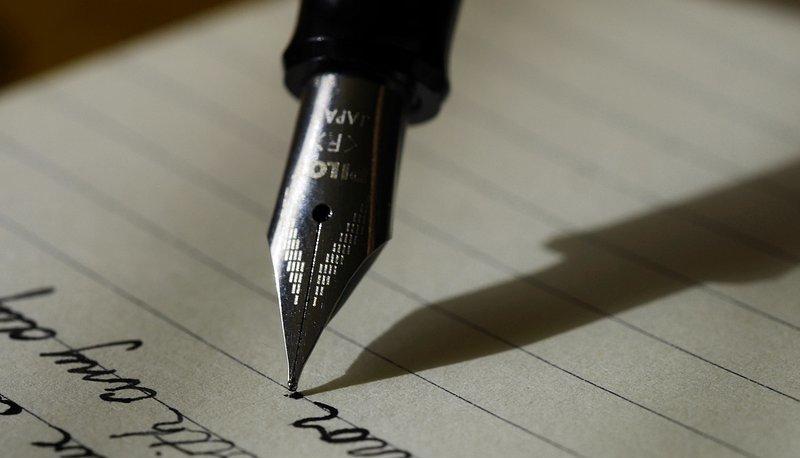Concetti Chiave
- Ulysses is structured around a single day, June 16, 1904, in the life of Leopold Bloom, paralleling Homer's Odyssey with its three books and 18 episodes.
- The novel's characters mirror those from the Odyssey: Leopold Bloom represents Ulysses, Stephen Dedalus is akin to Telemachus, and Molly Bloom parallels Penelope.
- Joyce employs an interior monologue, particularly in Episode 18, to explore the free-flowing, associative nature of thought, marked by the absence of punctuation.
- Molly Bloom's monologue exemplifies Joyce's experimental writing style, aiming to capture pre-verbal thought processes and the mind's temporal fluidity.
- The "mythical method" juxtaposes the heroic past with modern mediocrity, highlighting the decline of contemporary civilization through parallels with ancient myths.
Indice
Ulysses – A comparison between Joyce and Homer’s works
Ulysses is a novel that completes itself in a day, precisely on a Thursday, June 16,1904 in which the main character is Leopold Bloom, an advertising agent, who is living his daily life. The novel consists in 3 books and 18 episodes and each of each is modelled on a section of Homer’s Odyssey.
The parallel is exended to the three main characters: Leopold Bloom is Ulysses, Stephen Dedalus is Telemachus, while Molly, Leopold’s wife, is Penelope.
The first book is focused on Stephen Dedalus in the same way as the Odyssey begins with Telemachus who goes in search of his father.
The second deals with the wanderings of Bloom, as the Odyssey deals with the wanderings of Ulysses.
The third brings the characters together, like the Odyssey, namely Stephen and Bloom go to Bloom’s home where Molly is already in bed.
In the episode 18, Penelope concludes the novel.
It is Known as Molly’s monologue and it presents Molly awake in bed in the early hours, while her reveries flow free. It consists of 60 pages of uninterrupted prose which tries to reproduce the associative flux of pre-verbal thought and gives an extreme example of Joyce’s revolutionary experimentation.
The parallel with Homer’s Odyssey is aimed at suggesting the decline from the mythic, legendary and heroic to the human and mediocre. It is a method used to convey the decay of modern civilization in contrast with the mythical heroes of the past. The glorious past against the squalid present is real in this book.
Interior monologue technique in Joyce’s Ulysses
In this post-modern novel the omniscient narrator disappears to leave room to the stream of consciousness using always the present tense and the first person narrator.An example can be seen in this extract of Ulysses (2.67-74): “It must be a movement then, an actuality of the possible as possible. Aristotle’s phrase formed itself within the gabbled verses and floated out in the studious silence of the library of Saint Genevieve where he had read, sheltered from the sin of Paris, night by night. By his elbow a delicate Siamese conned a handbook of strategy. Fed and feeding brains about me: under glowlamps, impaled, with faintly beating feelers: and in my mind’s darkness a sloth of the underworld, reluctant, shy of brightness, shifting her dragon scaly folds."

This is a typical feature that joins the literary works of this period. As a matter of fact, Mrs Dalloway written by Virginia Woolf can come to mind.
Lack of punctuation is evident in Joyce’s writing style and it has a significance: the author wants to underline the apparently chaotic flux of thoughts of novel’s characters.
The success of this intent is also guaranteed by syntax and vocabulary that are exploited in order to reproduce the wanderings of the mind. As a result, the thoughts are free to move backwards and forwards in time to mix present, past and future.
Joyce, at the end, wants to convey the fragmentary condition of our culture and the loss of communicative capacity of our language.
Domande da interrogazione
- Qual è la struttura del romanzo "Ulysses" di James Joyce?
- Come viene rappresentato il monologo interiore nel romanzo "Ulysses"?
- Qual è lo scopo del "metodo mitico" utilizzato da Joyce in "Ulysses"?
"Ulysses" è strutturato in 3 libri e 18 episodi, ognuno modellato su una sezione dell'Odissea di Omero, con personaggi paralleli come Leopold Bloom (Ulisse), Stephen Dedalus (Telemaco) e Molly Bloom (Penelope).
Il monologo interiore è caratterizzato dall'assenza del narratore, mancanza di punteggiatura e sfruttamento di sintassi e vocabolario per riprodurre il flusso mentale, evidenziando il pensiero associativo e frammentario.
Il "metodo mitico" mira a suggerire il declino dalla mitologia eroica al mediocre umano, evidenziando la decadenza della civiltà moderna rispetto agli eroi mitici del passato.






 Accedi a tutti gli appunti
Accedi a tutti gli appunti
 Tutor AI: studia meglio e in meno tempo
Tutor AI: studia meglio e in meno tempo